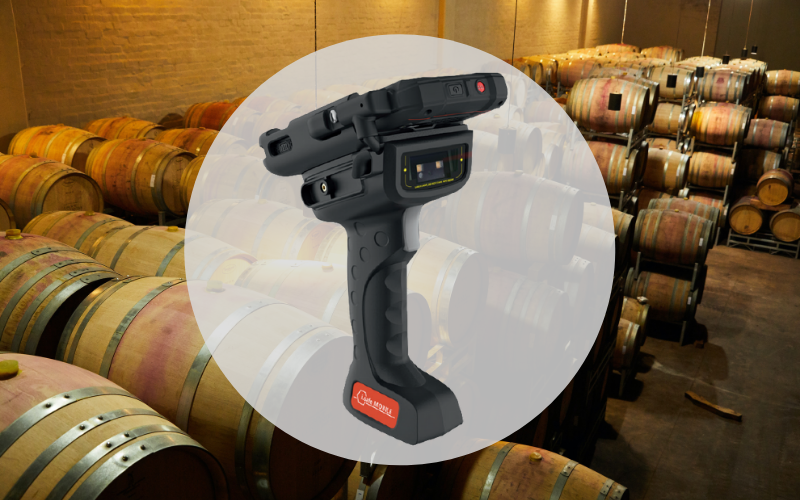If you are carrying out barcode reading in hazardous areas and you are encountering some problems then we may have some answers as to why the barcodes aren’t reading accurately.
Damaged Barcodes
Due to the nature of hazardous environments, such as exposure to high temperatures or chemicals, barcodes can become damaged over time due to tears or scratches thereby rendering the barcode unreadable by the scanner.
To try and prevent this issue, there are a few factors that the user can consider. Arguably the most important of these factors is to ensure that the barcodes are printed on the correct material. If required, barcodes can be engraved into metals, reducing the chances of scratching or crinkling. Barcodes can also be printed using thermal-transfers which greatly improve the life-span of barcodes which are placed in areas exposed to high temperatures. Even laminating or varnishing barcodes can provide a simple level of protection to ensure readability in areas where there could be splashing or spills onto the barcode.
Poor Label Location
Often poor decisions can lead to barcodes being placed in areas where it becomes challenging to read. It is important when placing a barcode that there is a consideration for how the user will be able to navigate the reader to the correct location to make an accurate scan.
It can often be the case that one user is responsible for placing the barcodes and another further down the line is responsible for reading the labels which can lead to problems. To prevent this, it can be useful to establish a standard operating procedure which outlines ideal placement for barcodes.
Incorrect Scanner Position
It’s important that when scanning a barcode, that the reader is positioned correctly to make an accurate read. To do this, there are a few factors to consider:
Depending on the read distance of the scanner that is being used, it is important to make sure the user is not too close or too far away from the label. This ensures that the barcode is in correct focus for an accurate reading.
The orientation of the scanner relative to the barcode is the next consideration. It is important that the scanner is placed so that the laser line is perpendicular to the bars of the barcode reader.
Finally, the user must make sure that the barcode is at the correct angle relative to the reader. This removes the possibility that reflections can interfere with the reading and will make sure the user gets a correct read every time.
If you carry out or are looking to implement barcode reading in hazardous areas and want to find out what the latest available technology is, make sure you contact us at Exloc!


